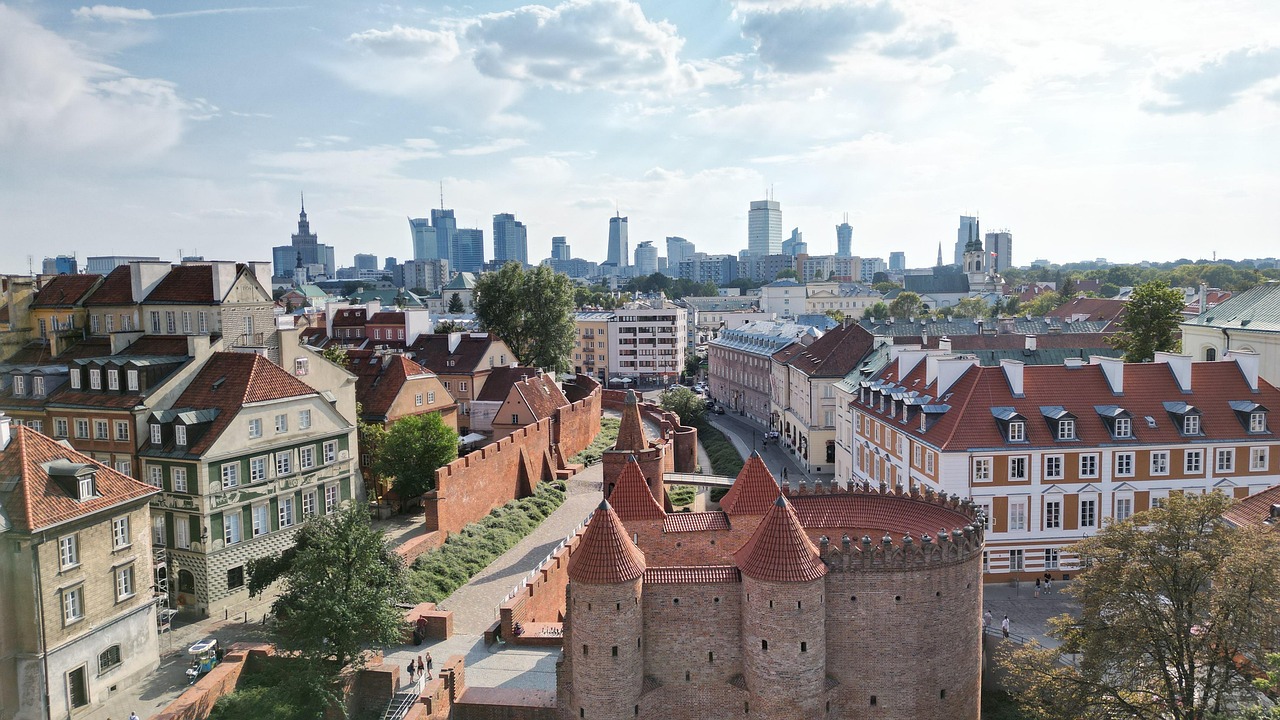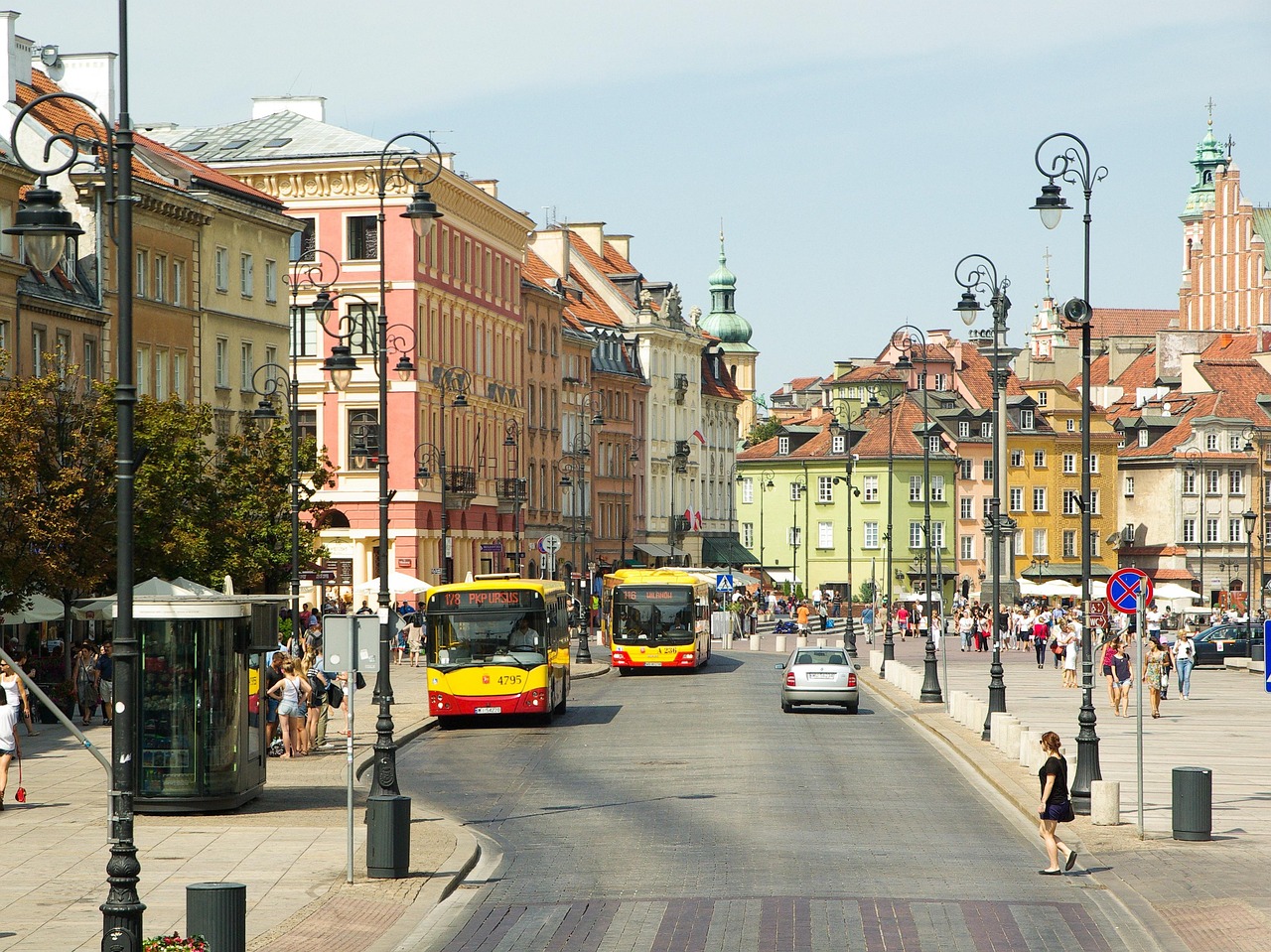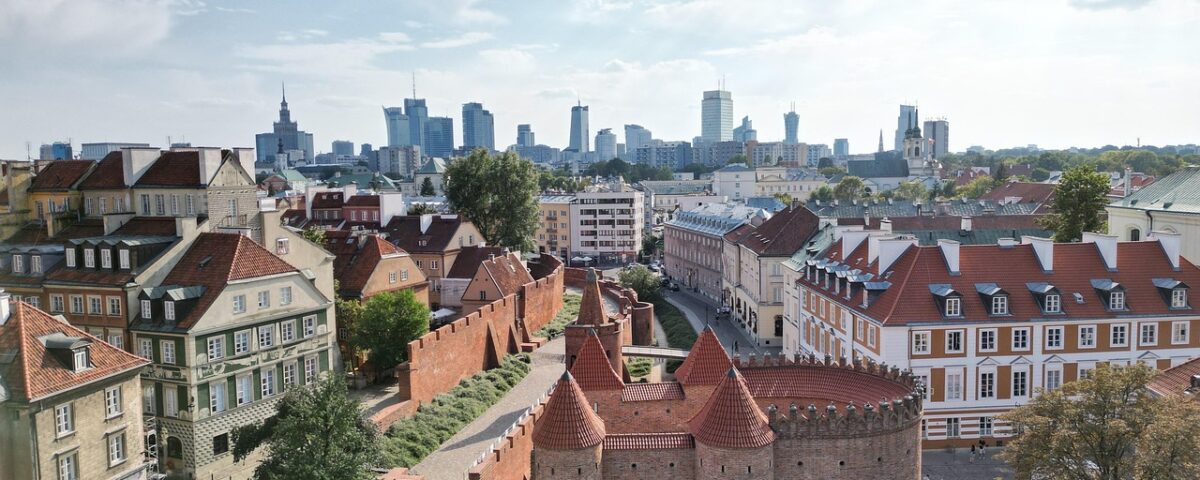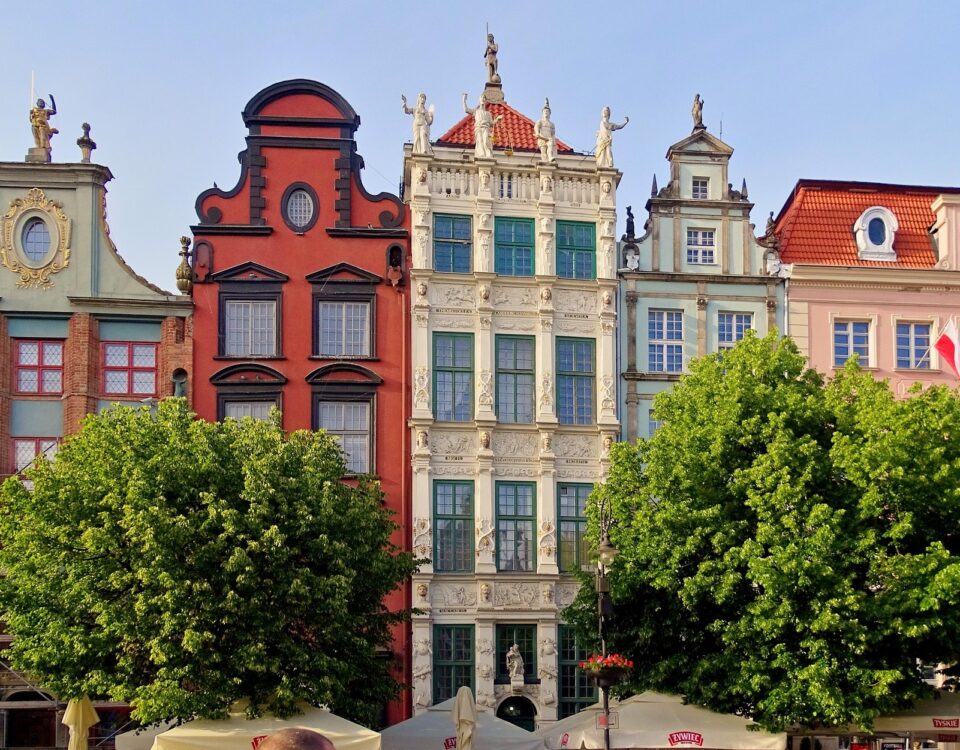
Eastern European Food Travel: Discover Vodka, Mead, Kvass, and More Traditional Drinks
2025-10-21
Best Time to Visit Eastern Europe: A Complete Season-by-Season
2025-10-28The Hidden Flavor of History
When travelers think of Eastern European culinary museums, they imagine more than recipes — they imagine centuries of taste, survival, and culture preserved in every grain of salt and drop of honey.
Across Eastern Europe, food has always been more than nourishment; it’s a reflection of identity, community, and resilience. From the rolling fields of Poland to the mountain villages of Romania, food heritage centers serve as guardians of tradition — living archives that bring history to life through flavor.
Exploring culinary museums in Eastern Europe is like stepping into a time capsule. It’s an experience that blends storytelling, art, and sensory discovery. Let’s embark on a journey through the most inspiring Eastern European culinary museums where the past and present come together on a plate

1. The Museum of Food and Drink Traditions – Warsaw, Poland
Located in Warsaw’s historic district, this museum highlights the evolution of Polish cuisine through engaging exhibitions, artifacts, and live cooking shows. Visitors can explore how dishes like pierogi, kielbasa, and bigos have evolved over centuries. Each exhibit demonstrates how Poland’s turbulent history — from monarchy to modern democracy — influenced what people ate and how they celebrated.
Start exploring now 👉 https://triptoeast.com/eastern-european-food-travel-drinks-spirits/
Workshops here allow guests to knead dough, smoke sausages, and taste authentic flavors straight from grandmothers’ recipes. It’s one of the most interactive Eastern European culinary museums, making it a must-visit for food lovers.Eastern European Culinary Museums play a vital role in protecting national identity and showcasing how food connects communities across generations.
https://en.wikipedia.org/wiki/Pierogi?utm
2. Hungarian Gastronomy Museum – Budapest, Hungary
Hungary’s love for flavor and spice shines at the Hungarian Gastronomy Museum. Located near the Danube, this museum combines history with a sensory experience — the air is filled with the aroma of paprika, goulash, and strudel. Visitors learn how Hungarian culinary identity developed through trade routes, Ottoman influence, and royal feasts.
One of the highlights is the section dedicated to Hungarian wine-making traditions, showing how vineyards shaped rural life. Guests can sample wines, attend spice-blending sessions, and explore the impact of Hungarian cuisine on modern fusion dishes
3. Czech Beer and Culinary Heritage Center – Plzeň, Czech Republic
Beer is an integral part of Czech culture, and in Plzeň — the birthplace of Pilsner — this culinary heritage center celebrates it with pride. Exhibits guide visitors through centuries of brewing history while connecting it to traditional Czech cuisine. Displays highlight how beer influenced local recipes, from hearty roast pork with dumplings to sweet beer bread desserts.
This museum also offers a glimpse into social traditions, showing how taverns became cultural hubs. Combining gastronomy, craftsmanship, and folklore, it’s one of the most authentic Eastern European culinary museums for beer enthusiasts

4. Slovak Food Heritage House – Bratislava, Slovakia
The Slovak Food Heritage House captures the essence of Slovakia’s rural traditions. Reconstructed village kitchens display the tools used by ancestors — wooden spoons, clay ovens, and hand-carved butter molds.
Visitors can witness demonstrations of bryndzové halušky (potato dumplings with sheep cheese) and learn about local fermentation methods used to preserve vegetables and dairy during long winters.
The museum promotes culinary sustainability, emphasizing locally sourced ingredients and seasonal eating. It’s an inspiring stop for anyone interested in how Eastern European food heritage connects people to their environment
https://triptoeast.com/eastern-european-food-travel-banitsa/
5. Romanian Peasant Museum – Bucharest, Romania
One of the most iconic Eastern European culinary museums, the Romanian Peasant Museum in Bucharest goes beyond food — it tells the story of Romanian identity. Its food-related exhibits focus on ritual breads, preserved fruits, and traditional clay cookware.
You’ll find entire displays dedicated to Easter and Christmas dishes, exploring how religion shapes Romania’s culinary heritage.
Interactive events include traditional pickling workshops, bread-baking rituals, and tastings of mămăligă (cornmeal porridge). This museum perfectly illustrates how food reflects the spiritual and communal heart of Eastern Europe.Visiting Eastern European Culinary Museums is more than tourism; it’s an educational and emotional journey through history, taste, and heritage.
6. Lithuanian Gastronomic Heritage Exhibition – Vilnius, Lithuania
Lithuania’s Gastronomic Heritage Exhibition in Vilnius focuses on the deep-rooted traditions of fermentation, preservation, and simplicity. Visitors explore displays about rye bread, cold beet soup (šaltibarščiai), and kvass, a fermented drink beloved across the Baltics.
Hands-on activities invite guests to bake bread using traditional wooden molds or prepare kvass from scratch. It’s one of the few food heritage centers where you can taste, touch, and learn about the living culture of Baltic cuisine
7.Culinary Heritage Trails Across Eastern Europe
Beyond individual museums, culinary heritage trails are growing popular among travelers seeking authentic food experiences. The Taste of the Balkans Trail connects wineries in North Macedonia, cheese farms in Bulgaria, and bakeries in Serbia. Meanwhile, the Baltic Culinary Route explores Estonia, Latvia, and Lithuania through farm visits and workshops.
These programs encourage culinary tourism, sustainability, and cultural exchange. Each stop acts like a mini culinary museum, telling the story of how communities preserve flavors against time

8.Why Culinary Museums Matter
Eastern European culinary museums are not just about nostalgia — they are about preserving cultural identity. As globalization spreads, traditional recipes risk disappearing. These museums act as guardians of taste, passing down knowledge to new generations.
They educate visitors about sustainability, regional farming, and the emotional value of food in Eastern European life.
The Role of Culinary Museums in Preserving Identity
Eastern European culinary museums play a crucial role in preserving regional identity. As industrialization and globalization spread, many traditional recipes risk fading away. Museums serve as educational spaces that connect generations — teaching young people about local ingredients, ancestral farming methods, and cooking rituals.
They also foster pride among communities by showcasing food as an art form, not just sustenance. Some museums collaborate with chefs, schools, and cultural institutes to document and revive forgotten dishes.
In a world of fast food, these museums remind us of slow food philosophy — cooking with care, eating with gratitude, and honoring the land that feeds us
Conclusion: Taste the Past, Inspire the Future
To visit Eastern European culinary museums is to experience history with your senses. The aroma of fresh bread, the sight of handcrafted pottery, and the taste of old recipes all tell a story of perseverance and passion.
From Warsaw’s kitchens to Bucharest’s markets, these food heritage centers keep traditions alive for generations to come. They transform ordinary meals into cultural treasures and offer travelers a deeper understanding of Eastern Europe’s soul.
So next time you travel east, don’t just taste the food — taste the history.
Because in every spoonful of borscht or sip of kvass, centuries of culture still live on.





